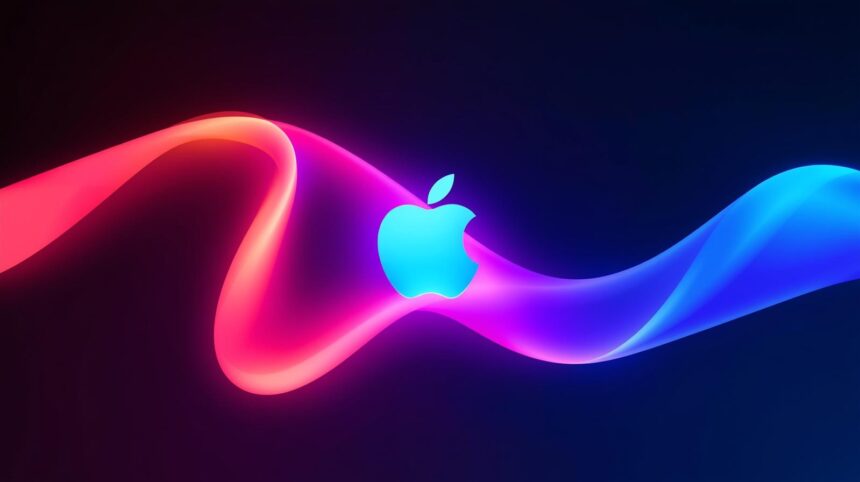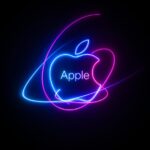Apple (NASDAQ:AAPL) appears poised to take the lead as the top global smartphone seller, potentially maintaining this status through 2029. This assertion comes from Counterpoint Research, supported by a series of strategic product launches and a well-timed consumer upgrade cycle. As competition in the smartphone market intensifies, Apple’s strategy to expand its consumer base and adapt to evolving trends could prove integral in its ascendancy. Additionally, the anticipated reception of future iPhone models may play a crucial role in achieving these forecasts.
Counterpoint Research’s prediction points to Apple’s iPhone 17 series playing a pivotal role in the company‘s projected rise. The iPhone 17’s release, bolstered by a 9% year-over-year increase in shipments during Q3, underscores its strong market acceptance. This follows Samsung’s prolonged presence at the top since surpassing Apple in 2012. Looking back, Apple’s strategic releases have consistently driven growth, cementing its competitive edge in product appeal and branding. Periodic innovations and customer retention efforts remain central to Apple’s projected market trajectory.
What Factors Are Contributing to Apple’s Success?
The success of the iPhone 17 line is attributed to consumers entering an upgrade cycle, particularly those who acquired their devices during the COVID-19 pandemic boom. Counterpoint Senior Analyst Yang Wang highlights how the replacement cycle has reached a turning point.
“Consumers who purchased smartphones during the COVID-19 boom are now entering their upgrade phase,” Wang explained.
This phase aligns with an expanding base of second-hand iPhone users poised to upgrade, potentially boosting Apple’s shipments further.
Will Apple’s New Models Sustain Its Growth?
New models, including the anticipated affordable “e” series iPhone, a foldable iPhone, and a flip model, are scheduled for release in the coming years. These launches are expected to spur demand and sustain shipment growth. Apple’s upcoming products aim to cater to varied consumer preferences while driving further adoption of the iOS ecosystem, which is known for its device compatibility and user loyalty.
The delay in launching Apple Intelligence and updated Siri features surprisingly hasn’t hindered iPhone sales. Still, their future introduction may incentivize further consumer upgrades. According to Counterpoint, Apple’s ability to retain leadership through the decade is bolstered by the extensive compatibility within its iOS ecosystem and the looming renewal phase of older devices.
“Given an increasing preference for the iOS ecosystem, compatibility between devices and a substantial number of older models within Apple’s installed base due for renewal, Apple will retain the lead over other smartphone OEMs through the end of the decade,” the release suggested.
Apple’s market strategy also includes expanding its consumer base via the low-cost iPhone 16e, which launched in February for $599. This release aims to attract new users to the Apple ecosystem, a critical component in broadening its market share.
As Apple extends its product range and capitalizes on existing trends, the firm’s strategic trajectory is reinforced by robust consumer demand and effective market penetration. These factors, combined with its planned innovations, position Apple favorably against its competitors. As the market evolves, Apple’s ability to adapt and capture diverse customer segments will be key in securing and maintaining its forecasted leadership position.









